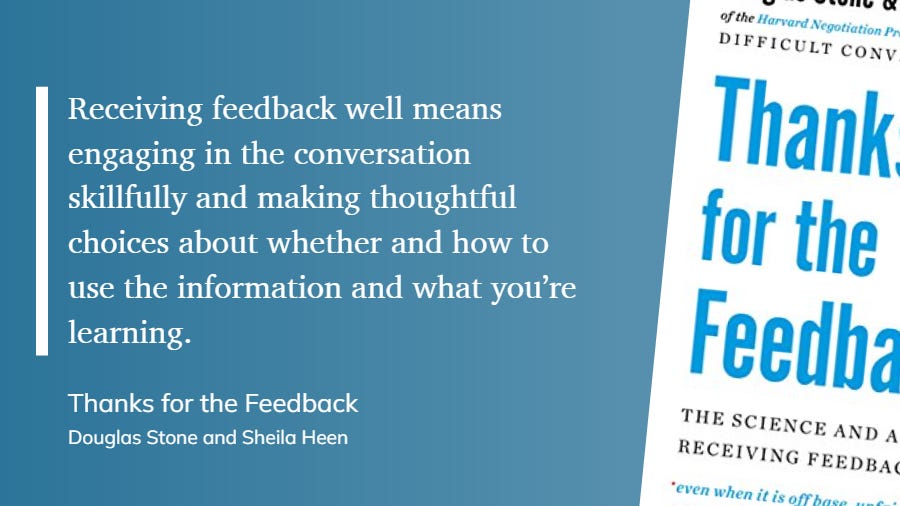Ready to catch? 🏐
Receiving feedback is a lot like playing ball
I can't remember when - or how - I learnt to throw and catch a ball. I couldn't tell you who role modelled it for me (although my older siblings would have undoubtedly been involved), or if anyone actually ever took me aside and said "do it like this". When it comes to niche ball movements, however, such as bowling in a game of cricket, my brother definitely had a hand in that, as did endless hours of watching NZ cricket in the 80s. (I still do a little hop at the start of my run up, which naturally reminds everyone of Sir Richard Hadlee… just at 0.5 speed.)
One thing's for sure though, in order for me to learn to catch a ball well, I had to overcome a fear of getting hurt and do A LOT of practice. And as I improved at the core skill of catching, I became a more skilful and appreciative thrower. There were other side effects too - learning to catch a ball well opened up a world of other fun opportunities and dramatically reduced my risk of injury when playing ball games.
Giving and receiving feedback is a lot like throwing and catching a ball 🤾🏼♀️
Sometimes it goes over your head and you have to run after it. Sometimes it falls short and you have to work hard to pick it up and keep the game going.
Sometimes you aren't ready. Sometimes you give up waiting and find someone else to play with! Sometimes it hits you in the face... making you want to throw the ball back faster and harder than it arrived.
Sometimes the throw is so brilliantly executed and timed that it’s easy to catch. Sometimes it’s not but you feel like an absolute hero for catching it anyway.
Here’s the thing: 👇🏼
I didn't improve my catching by always receiving perfect throws
My catching improved by seeking out lots of different throws (and throwers) and learning to navigate all the different ways a ball could come at me.
In their brilliant book, Thanks for the Feedback - The Science and Art of Receiving Feedback Well (even when it is off base, unfair, poorly delivered, and, frankly, you're not in the mood), Douglas Stone and Sheila Heen’s opening premise is that the key player in the feedback conversation is not the giver, but the receiver.
They also accurately describe feedback as feeling less like a gift and more like a colonoscopy at times 😆. Of all the possible sources of anxiety and stress in the workplace, feedback definitely gets a podium finish.
But of all the training and development courses available to help people with this stress generator, the vast majority focus on one side of the equation - how to throw the ball.
And if we subscribe to the saying that life is 10% what happens to us and 90% how we respond to it, then by focusing only on the throw, we’re not just missing half the equation, we’re missing 90% of it.
Let’s be clear: receiving feedback well doesn’t mean becoming a punching bag or giving up your power. On the contrary, it puts you in the driver’s seat of your actions and reactions. Instead of being held hostage by triggers that prevent us from learning, it’s possible to gain the skills and knowledge to make insightful decisions about how to use the information on offer.
Next week we’ll look at some of the triggers that get us emotionally hooked, and look at ways to make feedback work for us, not against us.
Here’s to better catching 🙋🏼♀️
Kathryn








I absolutely love this analogy of how feedback is like throwing and catching a ball. So incredibly true. One of my favorite questions for the feedback receiver is not "is this true" but "HOW is this true?" and to have them sit in the question.